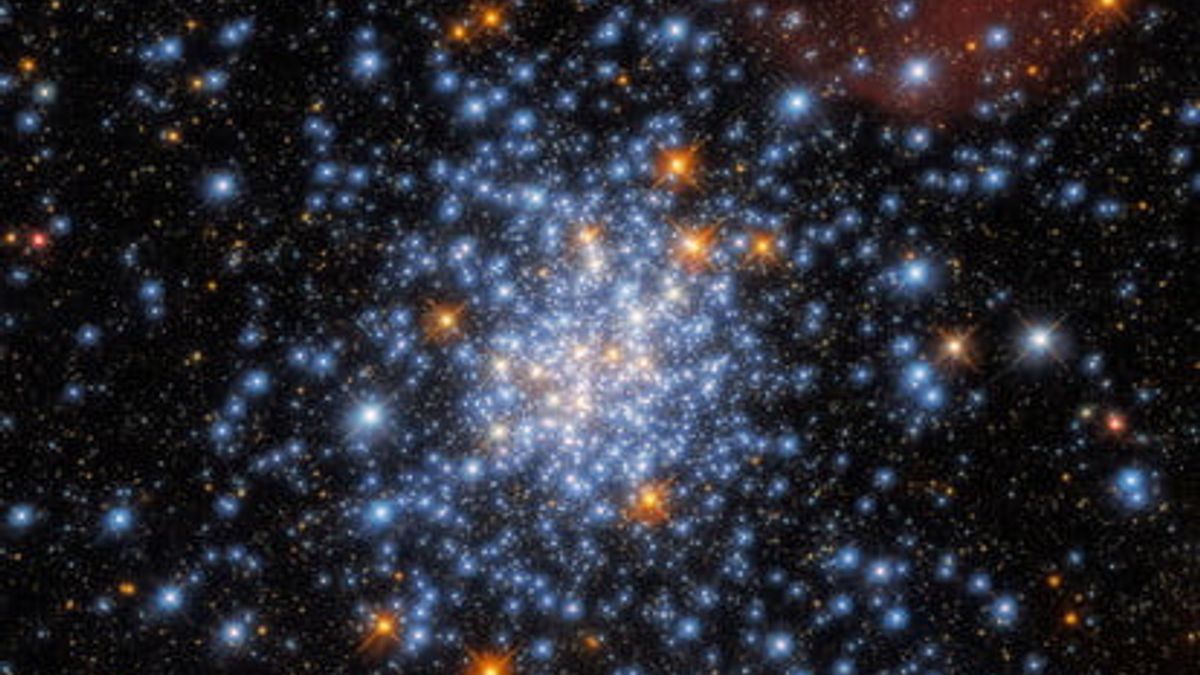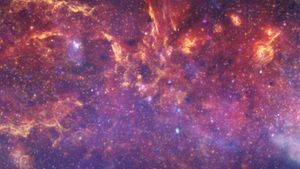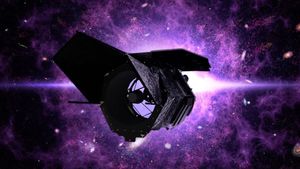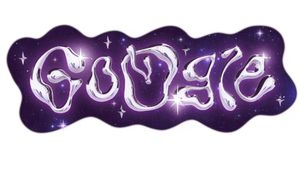JAKARTA - NASA's Hubble Space Telescope has just taken a picture of a star cluster called NGC 330, looking so beautiful shimmering in shades of red, white, and blue.
Different colors appear because the stars experience differences in temperature and age, where the hottest stars will have a blue and red light. There is a huge difference in the temperature range of stars, blue has a temperature of over 40.000 kelvins. While red stars can be as low as 2.500 kelvin.
At a distance of about 180.000 light years, this star cluster is located within the Small Magellanic Cloud (SMC). It is a satellite of the Milky Way, which means it is a smaller companion galaxy orbiting this galaxy. The SMC is very small compared to the Milky Way and contains hundreds of stars. It is one of a pair of satellite galaxies along with its companion, the Large Magellanic Cloud (LMC).
SEE ALSO:
Besides being beautiful to look at, observing star clusters can be a practical way to study the life cycle of stars. As the Hubble scientists explain.
"Because star clusters are formed from a single cloud of primordial gas and dust, all the stars they contain are roughly the same age. This makes it a useful natural laboratory for astronauts to study how stars form and evolve", said Hubble scientists as quoted by Digital Trends, Monday, July 5th.
To create this image, the Hubble scientists combined two sets of observations that both target this particular region of space.
"This image uses observations from Hubble's Wide Field Camera 3 and combines data from two very different astronomical investigations", the scientists said.
The first aims to understand why stars in clusters appear to have evolved differently from stars elsewhere, an oddity first observed with Hubble.
The second aims to determine how big the stars are before they are destined to end their lives in a catastrophic supernova explosion.
The English, Chinese, Japanese, Arabic, and French versions are automatically generated by the AI. So there may still be inaccuracies in translating, please always see Indonesian as our main language. (system supported by DigitalSiber.id)
















